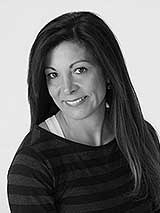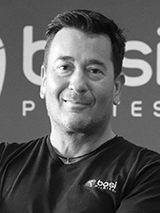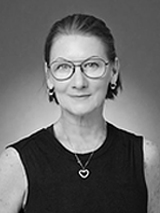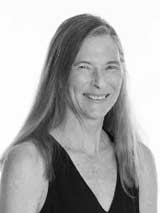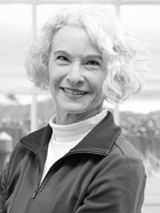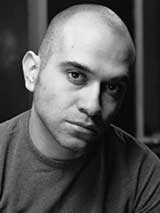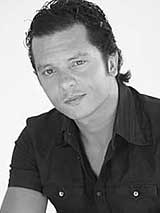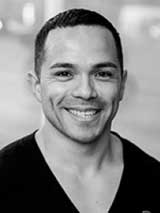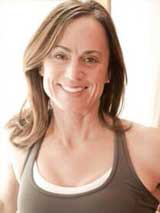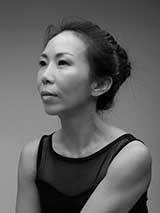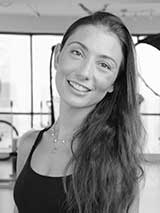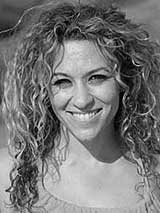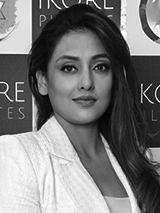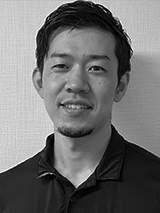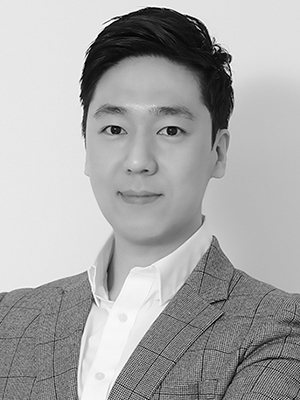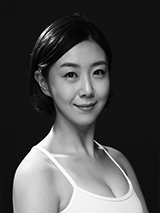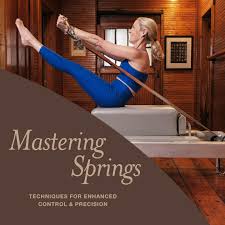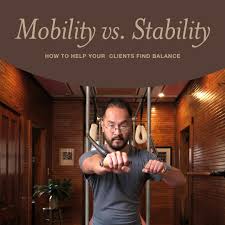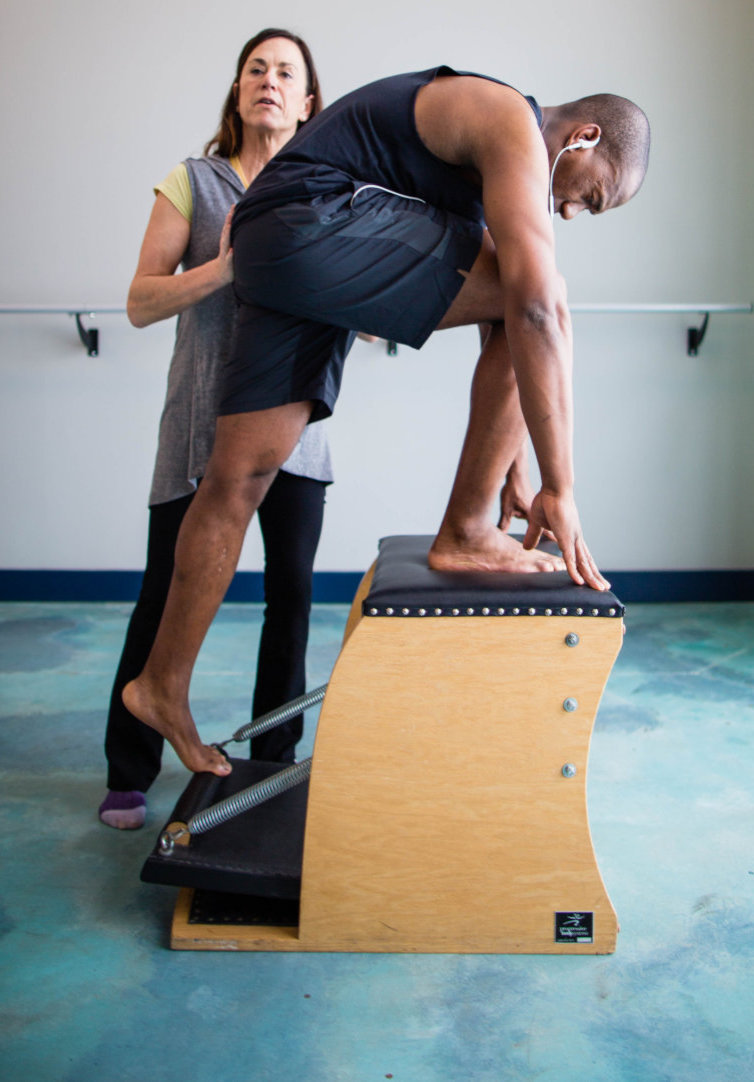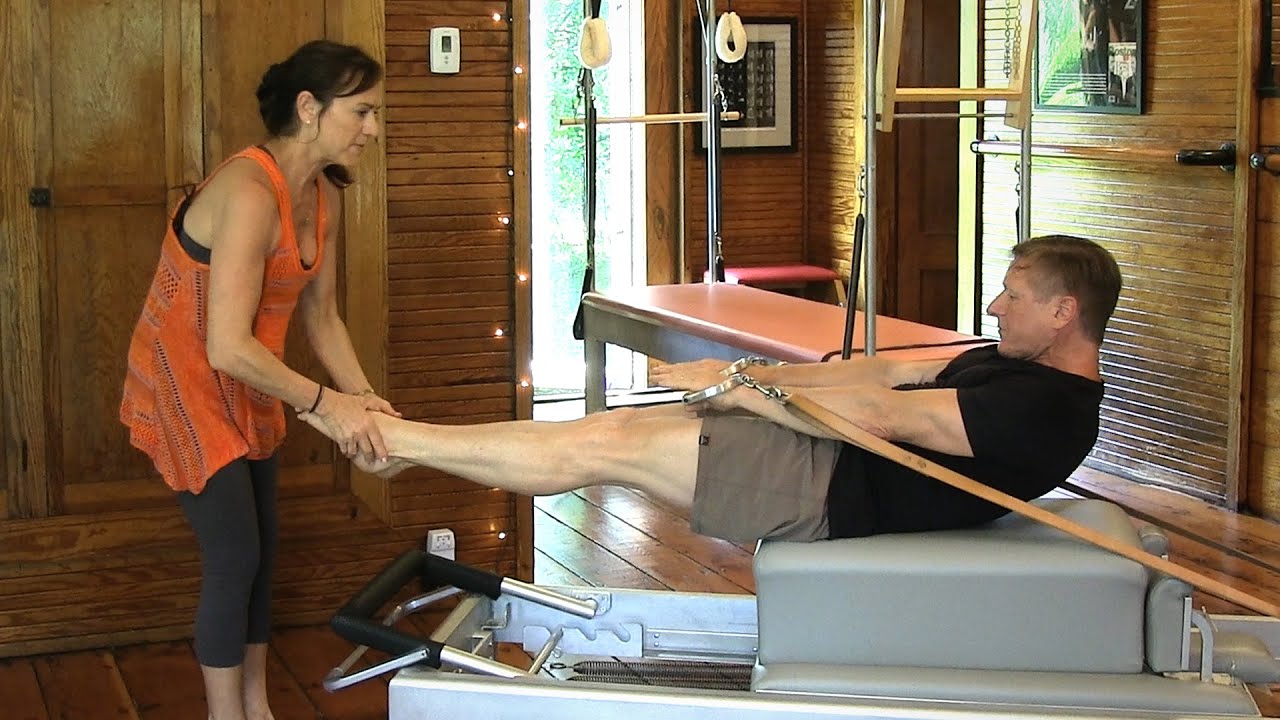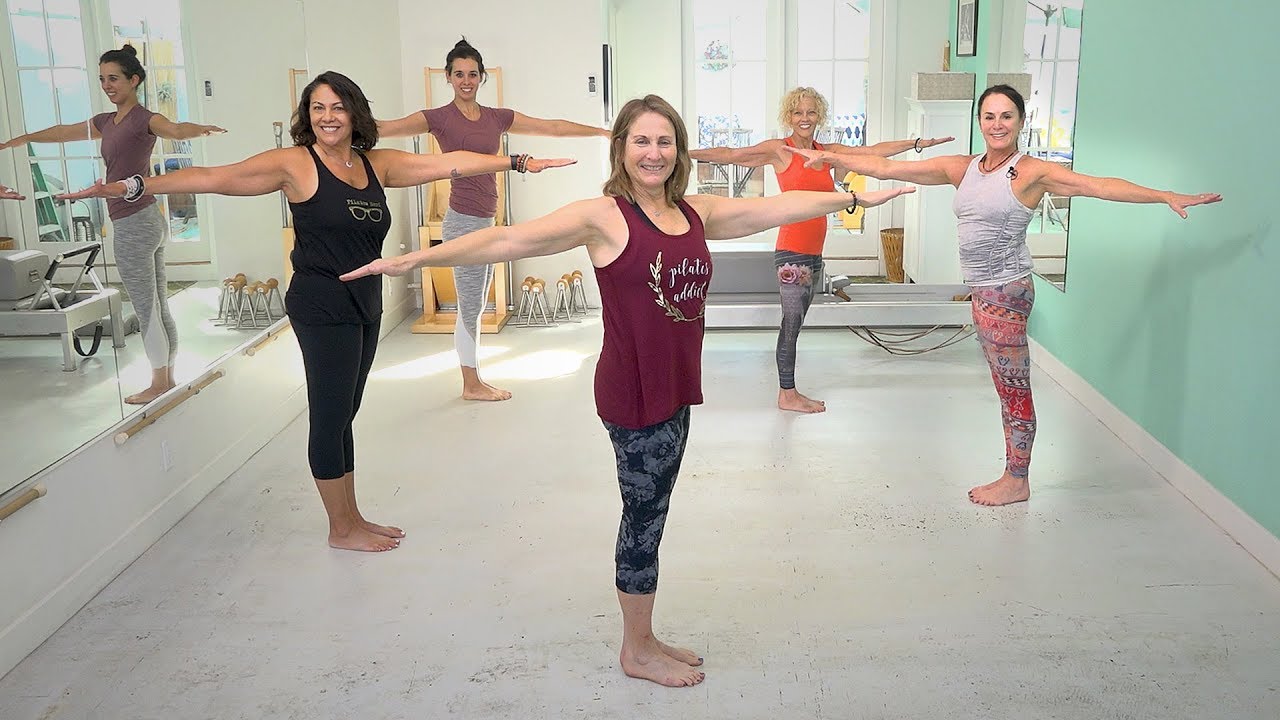-

-

2024 OFFLINE PRESENTER
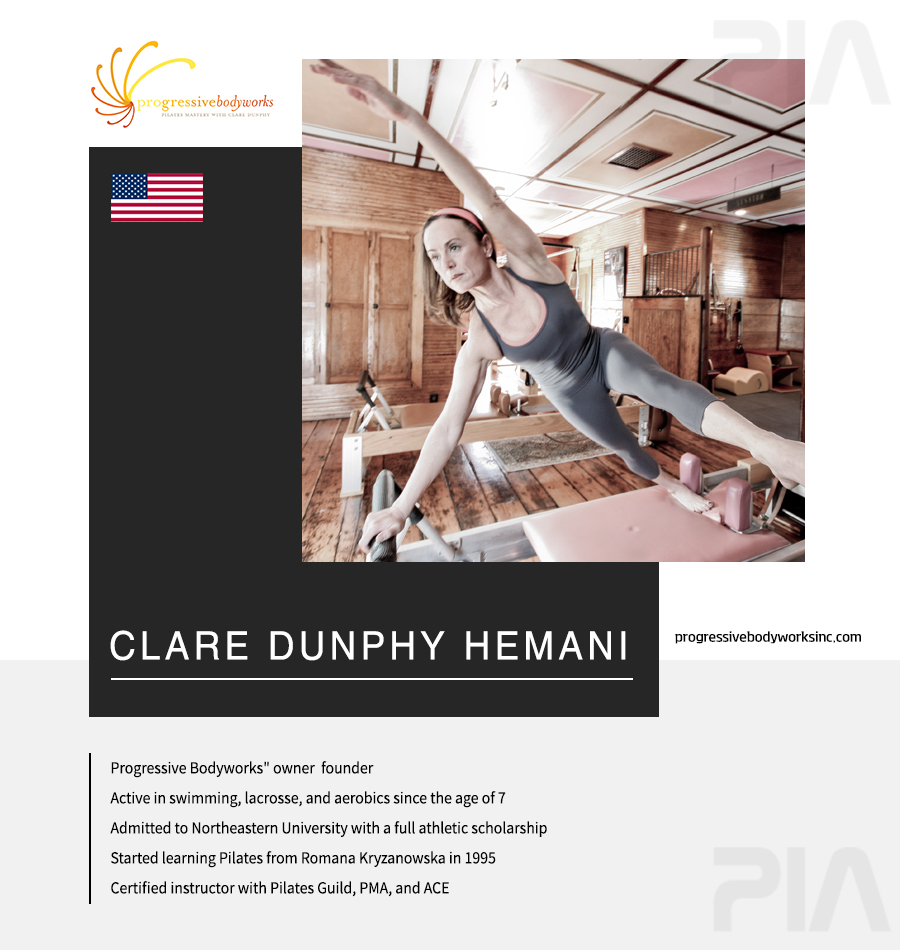
-
BIOGRAPHY
Like most kids I experienced the world through my senses: touching, tasting, smelling and especially moving. I was a kid on the move all the time. My competitive swimming career began at age 7, summer and winter all the way through high school. In junior high, field hockey and lacrosse entered the picture ushering in not only a new phase of my development but taught me discipline, sportsmanship, self respect, leadership and patience. This marked the beginning of my curiosity into self-mastery.
In high school, I recall making a conscious link between physical activity and how it magically and consistently balanced out my mind and teenage emotions. Every sport season brought new life lessons and I was thrilled to be varsity captain for several consecutive seasons. I was awarded a full athletic scholarship to Northeastern University for lacrosse, and it is probably no coincidence that I chose Physical Education as my major.
Soaking up all the information I could on the science of the body and movement, I was fascinated to discover that what I had intuited growing up had a scientific basis. Freshman year, I began teaching aerobics and a new passion emerged. I was able to apply what I was learning academically with my love for movement and sport. The following year I began personal training in residences and then expanded to teaching sports teams and businesses. By senior year I had my own aerobics studio and personal training business. By the time graduation came, I knew what my calling was: to be a teacher.
I began leading educational programs to prepare group exercise instructors and personal trainers for their national exam, presenting at multiple fitness conventions and creating DVD exercise programs. My teaching took me all over the globe including visits to the US Air Force bases in Japan, Guam, Okinowa, Korea, Hawaii, and Alaska; and teacher training in Russia, Europe, and around the USA.
After 18 years in the fitness industry my interest was growing in the mind, body, spirit aspect of movement & health. I began to question the “more is better” model of fitness that was prevalent and sought out other avenues to health and well-being. What attracted me to explore the Pilates Method of Body Conditioning were the underlying concepts of Pilates, absent from the current mainstream fitness approaches but which happened to resonate with what I was resolutely cultivating in my own teaching.
When I was introduced to Pilates formally in 1995, it changed my life, as I rediscovered the pure joy that movement had always provided me. Walking into Drago’s Gym the first time was like touring a history book with all the crazy looking contraptions and gymnastic-like movements being performed by people of all ages and sizes all with amazing strength and ease. Romana Kryzanowska was the grand master teacher, formerly a student of Joseph Pilates. Her knowledge of the body coupled with her infectious spark for life and generosity with her knowledge, will forever remind me of the type of teacher I aspire to be like.
A few years later in 2001, I was invited by Peak Pilates to co-author their comprehensive education curriculum. Since then we have created several education programs which are offered world wide through the dynamic network of teacher trainers whom I have had the honor of developing and mentoring. I have grown into being a teacher’s teacher and am excited to continue developing programs, tools and interactive experiences to help Pilates teachers as well as students gain self mastery through Pilates as both a movement system and a lifestyle choice.
I can honestly say that since I love what I do, I’ve never ‘worked’ a day in my life; I feel blessed.
-
Media is Comming soon.
- 2024 May, 17 Friday
-
Rhythm Infused Reformer

- Time : https://drive.google.com/drive/folders/1pqshKwJx5p3mYb_meV46yTAo4wWIzCk4?usp=sharing Location : 105 Required Equipment : reformers Total number of people : 50people
-
Strong exercise rhythms and transitions increase class flow and challenge and motivate your students. Elevate your personal practice and teaching by honing the moving skills with flow, musicality, timing, and rhythm. Each exercise has its own unique rhythm that unlocks the greater potential of the exercise. First, you get it in your body, then you learn to coach your clients to move that way too. Here’s where the art of teaching comes alive, so be prepared to move, teach, and receive expert tips from Clare.
>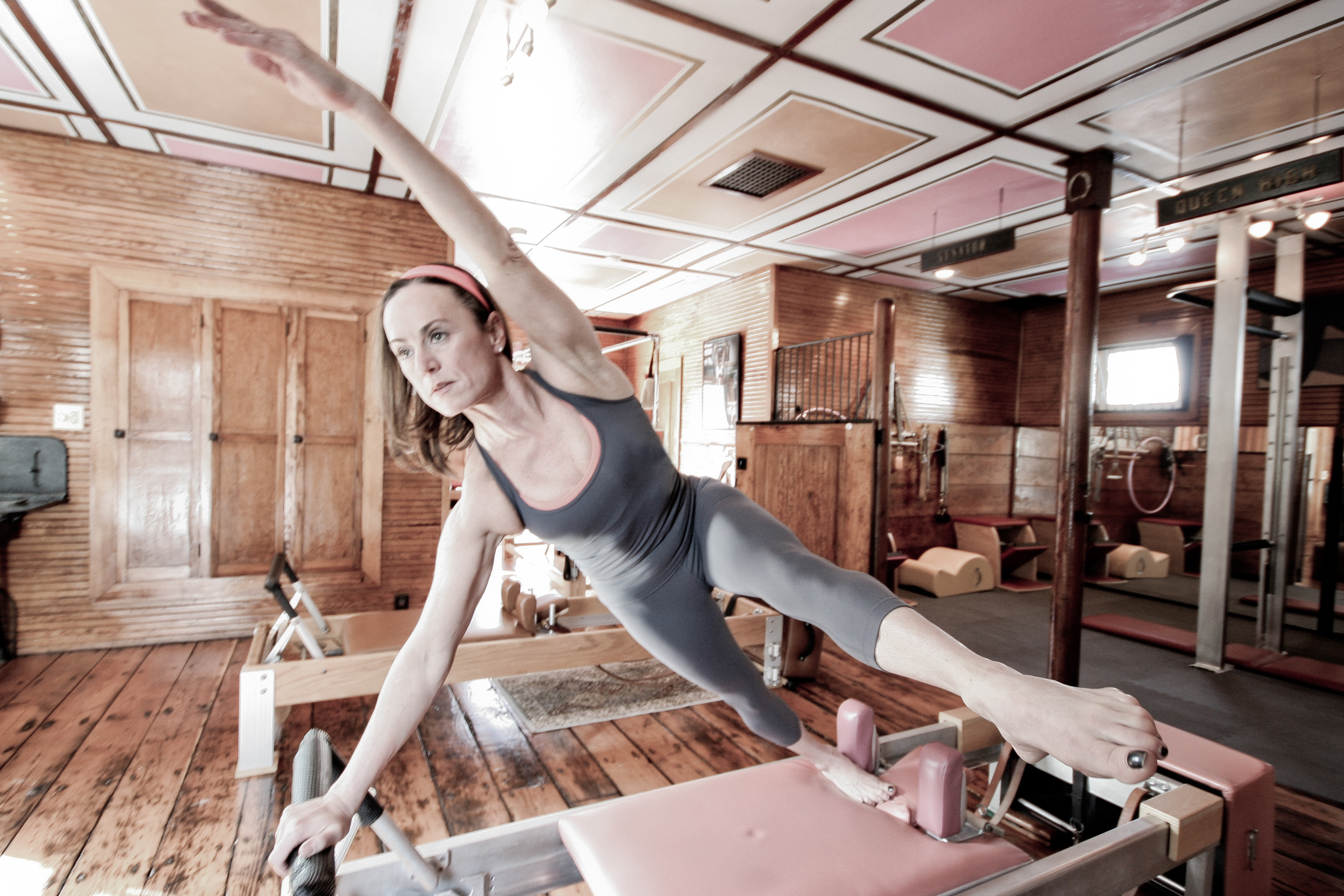
- 2024 May, 17 Friday
-
From Your Feet To Your Seat: Help clients discover their glutes in their standing leg

- Time : https://drive.google.com/drive/folders/12qt6fG8A4-iC5EuOqBnQ9cHKh_zew667?usp=sharing Location : 101 Required Equipment : Towers, Wunda Chairs, Reformers, Magic Circles Total number of people : 50people
-
What does it mean to “stand up” and lift out of your hips? Why is it important? We’ll look closer at the role of the standing leg and all the unexpected places it shows up in the Pilates repertoire on all apparatus. Get insight into what to look for up the chain from the feet to the hips, along with the next steps to improve a specific issue that might prevent improvement in your client.
>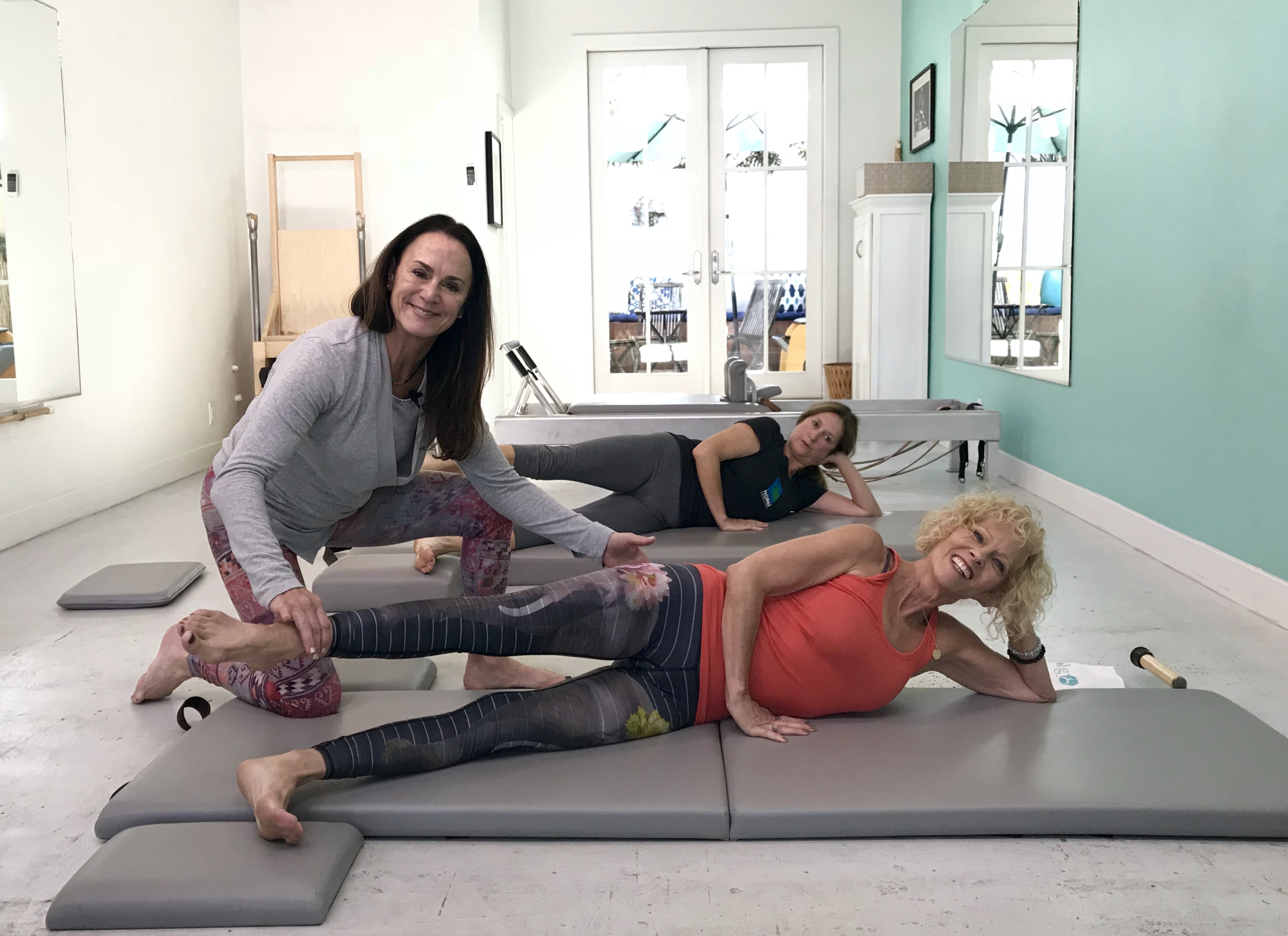
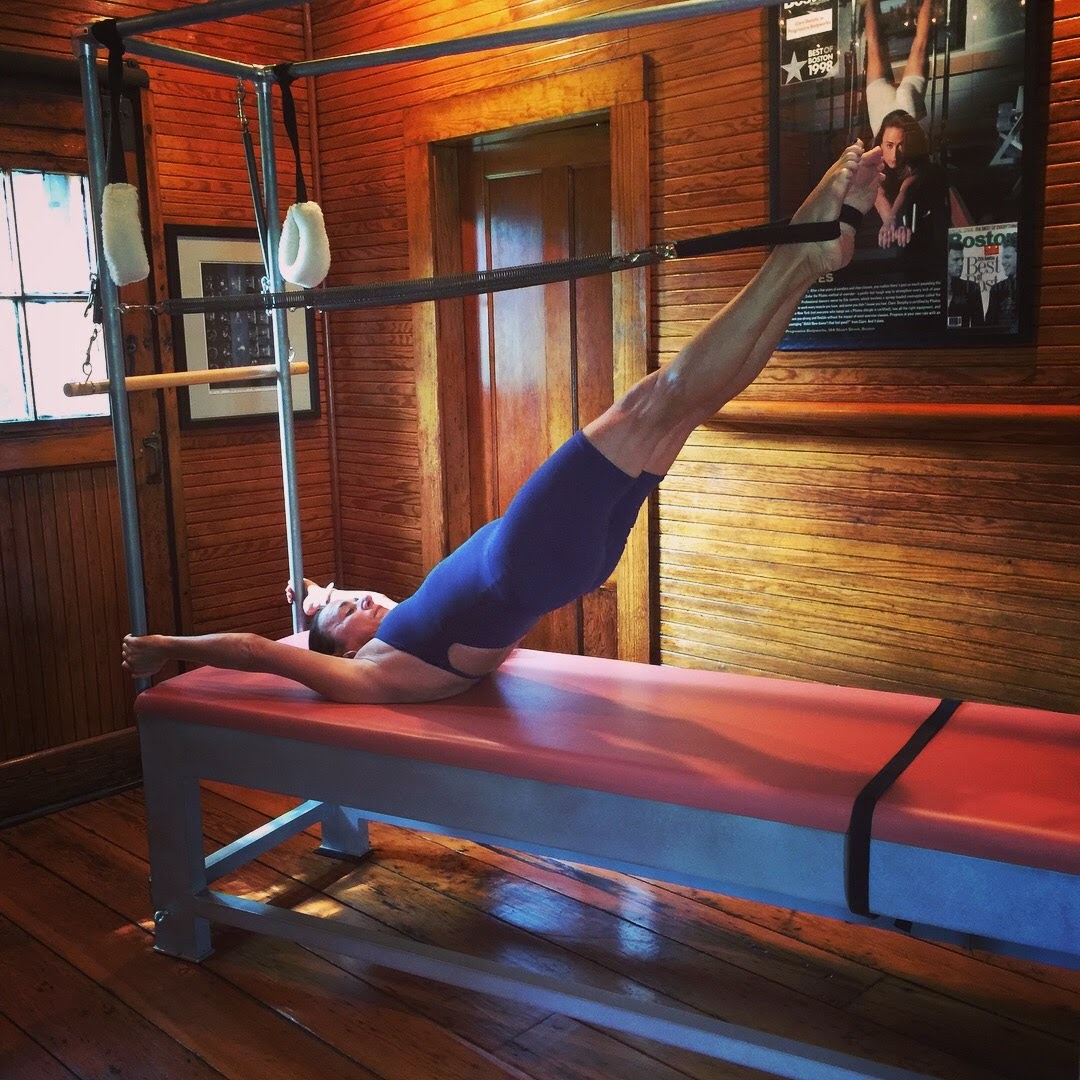
- 2024 May, 18 Saturday
-
Tech Neck: Pilates for Neck and Shoulder Tension

- Time : https://drive.google.com/drive/folders/1zp5Z-PXb_nR3HDajBQTIypVQbT0J_7Q1?usp=sharing Location : 202 Required Equipment : Towers or Cadillacs, Pedi Poles, Neck Stretcher, Spine Correctors, Ladder Barrels Total number of people : 50people
-
Tech Neck is a modern issue affecting all ages. Many students come to Pilates complaining about shoulder, upper back, and neck issues. Often these issues stem from repeated faulty movement patterns associated with poor posture. Pilates can help restore balance by re-aligning, releasing tension, correctly strengthening and stretching. We will cover exercises on all apparatus and how to develop a safe and effective strategy to meet the individual's specific needs.
>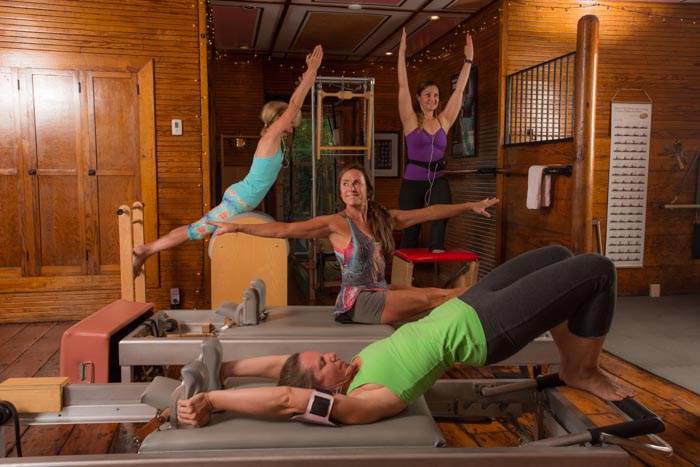
- 2024 May, 18 Saturday
-
Reformer Progressions, Variations, and Teaching Refinement

- Time : https://drive.google.com/drive/folders/1hbHgcrlUDl5F5k3CIV7EMl2s7fNN3ZyN?usp=sharing Location : 201 Required Equipment : Reformers Total number of people : 50people
-
Part of growing as a teacher is developing the ability to see weak links in movement and find solutions through cueing, touch or variations that improve performance in the moment. It’s definitely the details that bring exercises to life and improve performance. Once you have learned the exercises in your certification, re-visiting them with a fresh perspective can make a big difference in how you approach them when teaching people with different body types. We will explore the intermediate reformer repertoire, along with progressions and variations for different body types and identify key precision points in the basic exercises that must be present to safely and effectively advance students. We will focus on understanding the goal of the exercise for a particular body type and how to apply teaching techniques to achieve results
>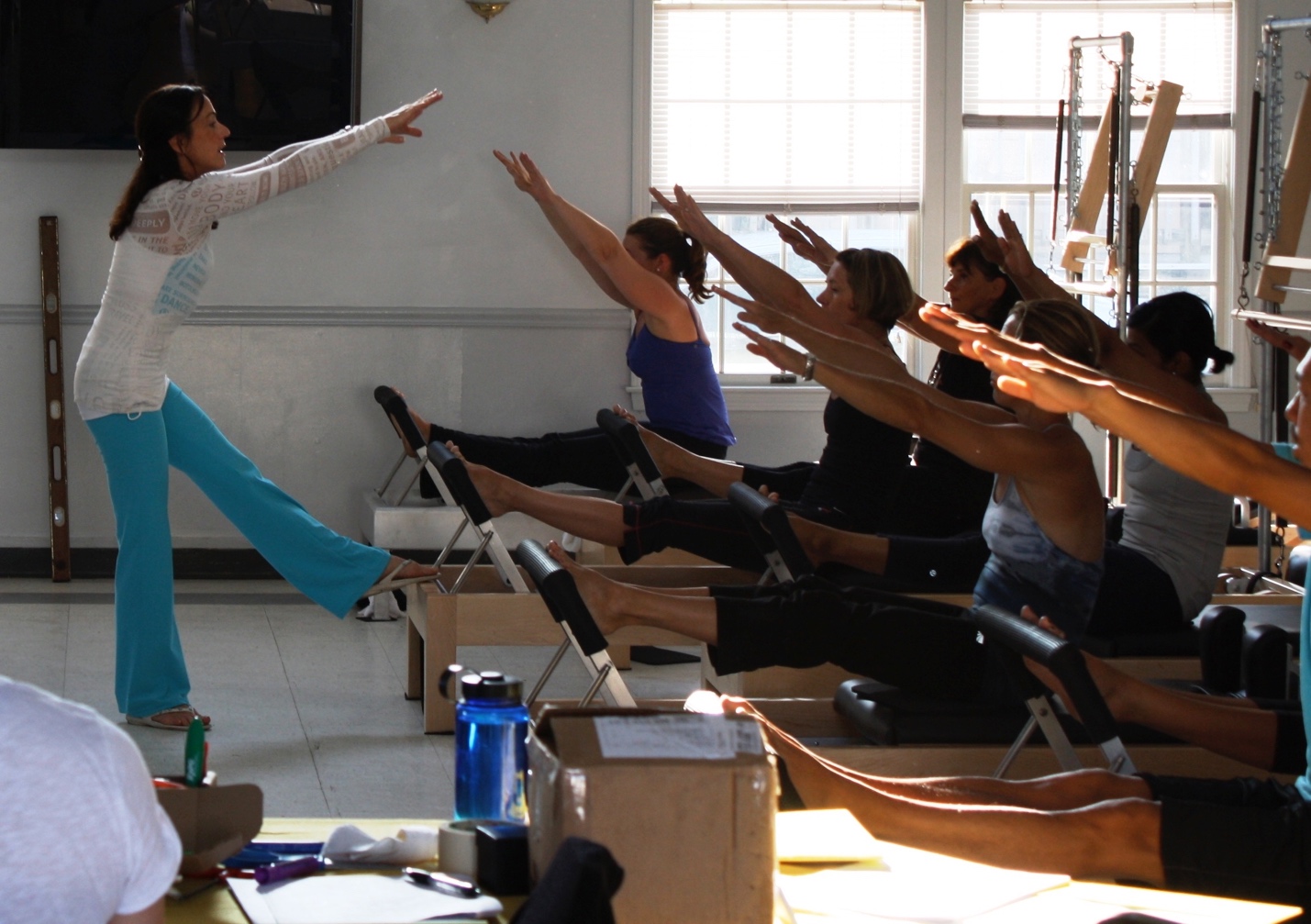
- 2024 May, 19 Sunday
-
Mastering Pilates Springs: Techniques for Enhanced Control and Precision

- Time : https://drive.google.com/drive/folders/1gwu6TkkPhyIIwhZngdpIrdHUWTeF0O8H?usp=sharing Location : 103 Required Equipment : :Reformers, Towers, Wunda Chair Total number of people : 50people
-
The way we perform Pilates exercises is just as important as the exercises themselves. Each exercise is made up of two parts: the spring opening (concentric) and the controlled return of the spring (eccentric) to the start position. This workshop will focus on spring return during key exercises on the Reformer, Chair, Mat, and Cadillac and why it matters. We will explore potential problem areas and discuss ways to overcome them. Participating in this workshop will improve your ability to help clients reconnect with their springs and enhance their practice. You will also gain greater awareness and sensitivity to your movements on and off the apparatus.
>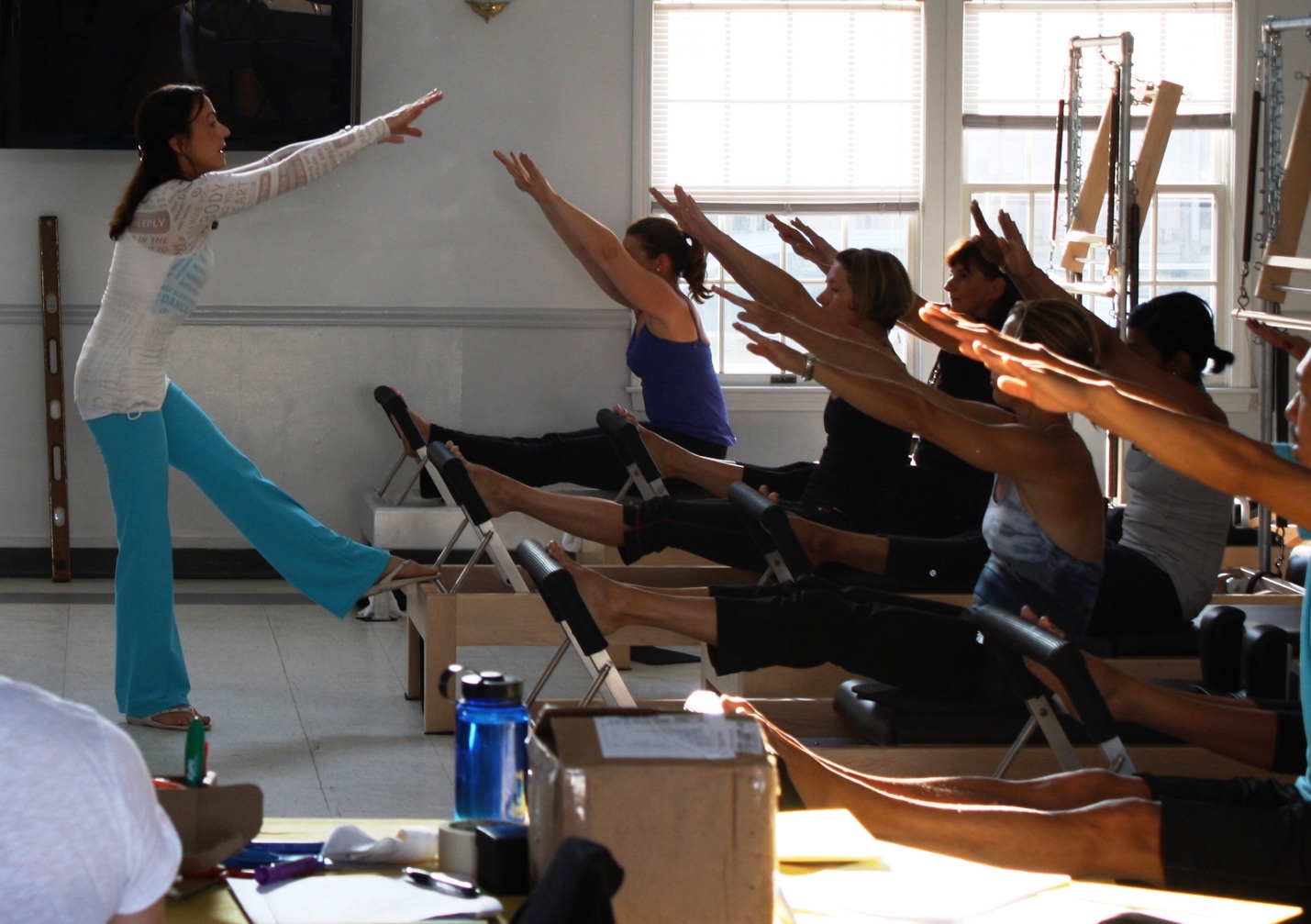
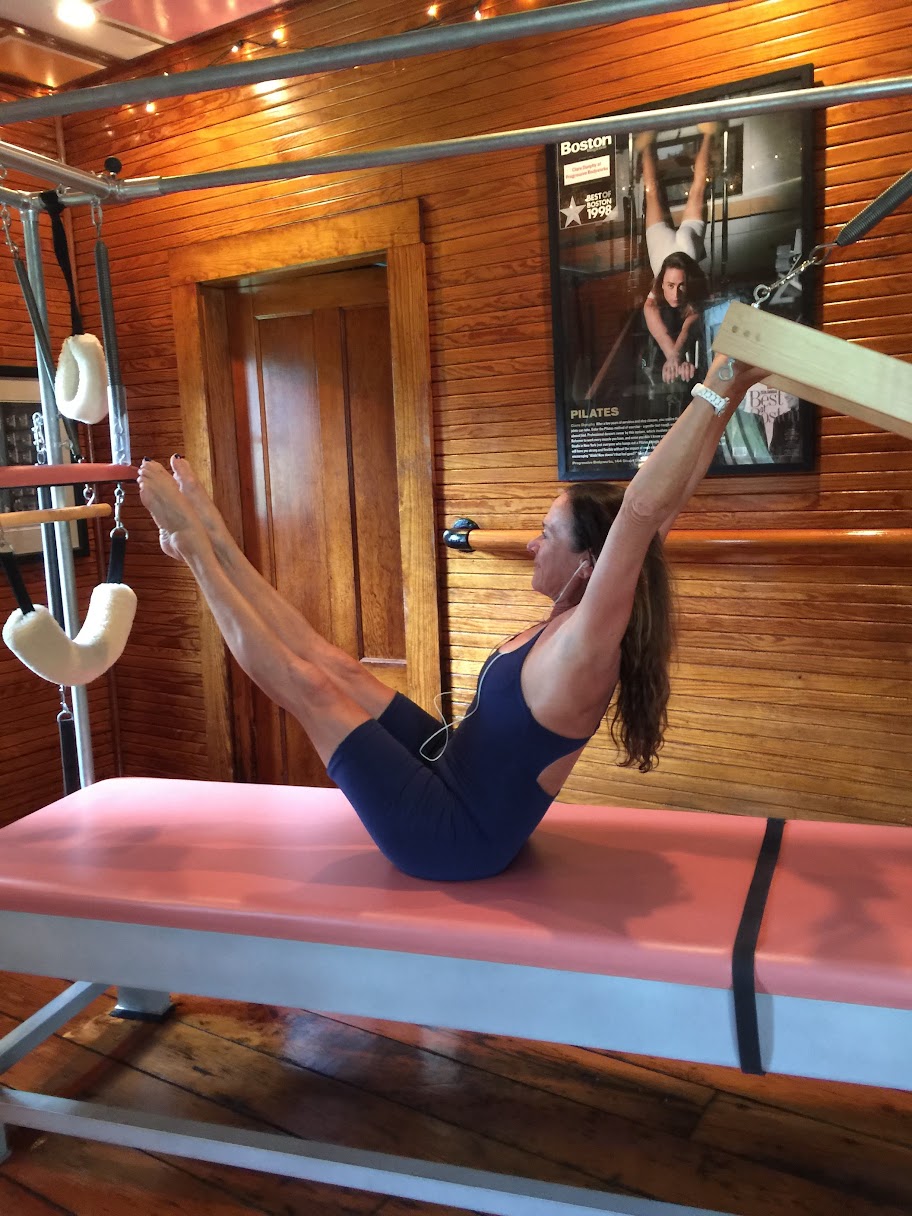
- 2024 May, 19 Sunday
-
Exploring Spine Extension with Pilates

- Time : https://drive.google.com/drive/folders/10YgowIaAE2cZsnR_xaiiUAUzqyE6XLdA?usp=sharing Location : 105 Required Equipment : Ladder Barrels, Spine Correctors, Reformers, Towers Total number of people : 50people
-
Spine extension is essential for healthy posture and overall muscular balance. Examine the anatomical structures related to spine extension along with how to evaluate the factors that limit proper spine extension. Understand how and when to work with different Pilates apparatus and how to sequence exercises to reach your goals. Learn how to apply the theoretical concepts to create a strategic plan for all clients. When you integrate them into your teaching practice, take your understanding to a new level. We will explore a full range of exercises using all apparatus from a progression perspective from beginners to super advanced.
>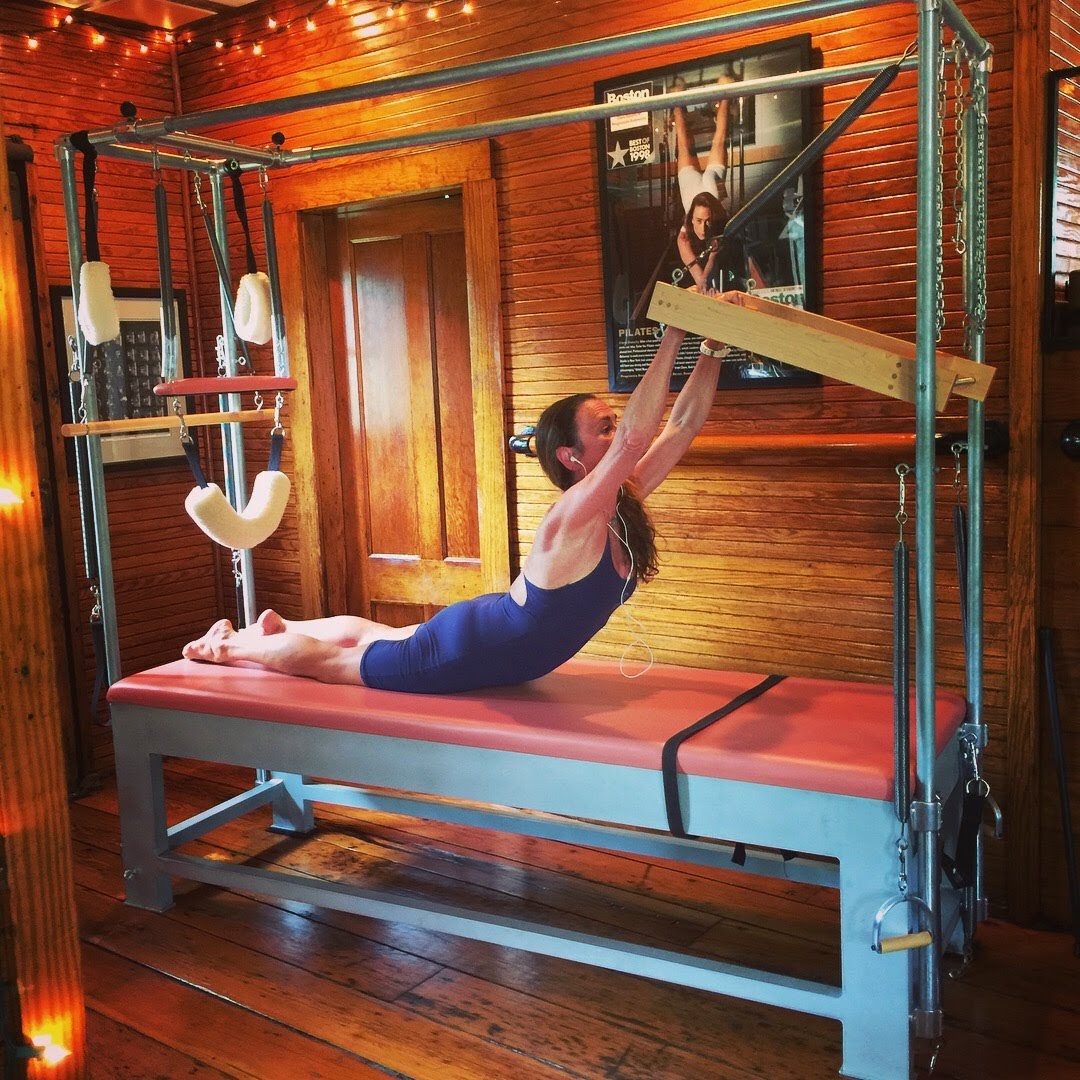
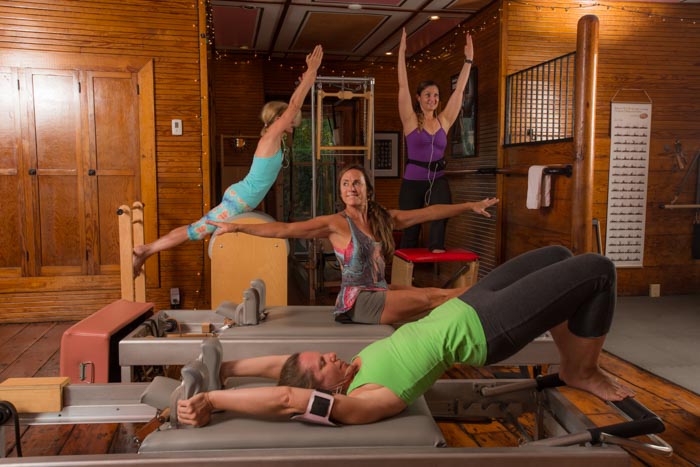
-



